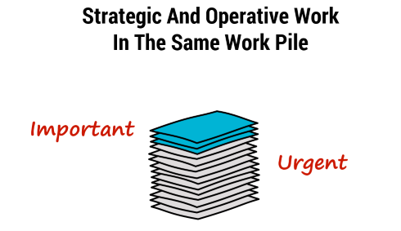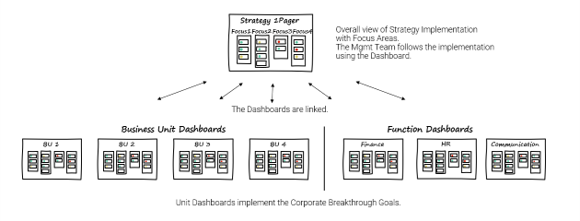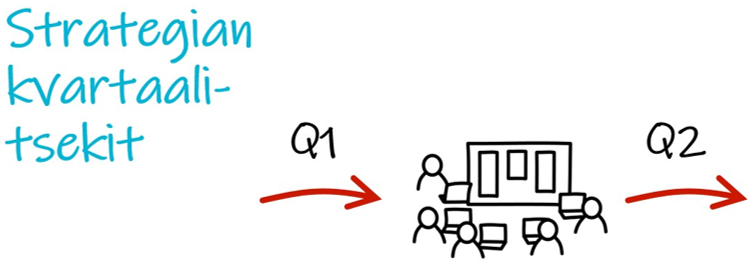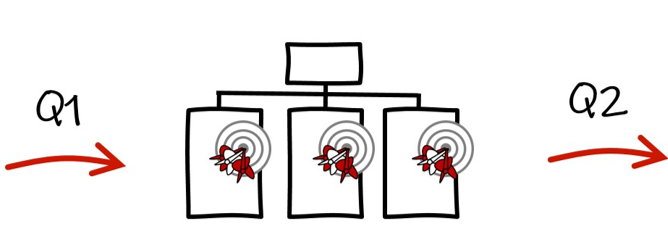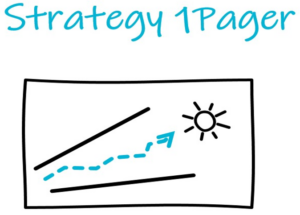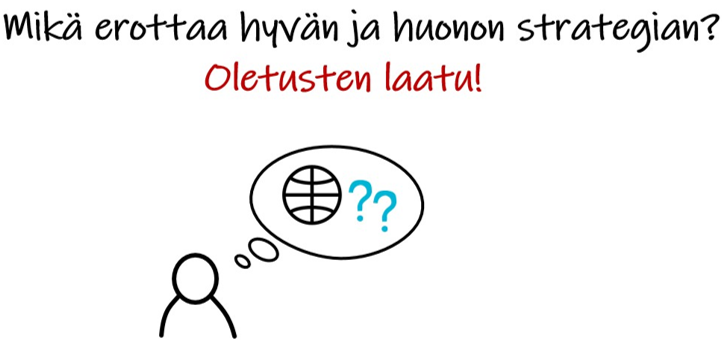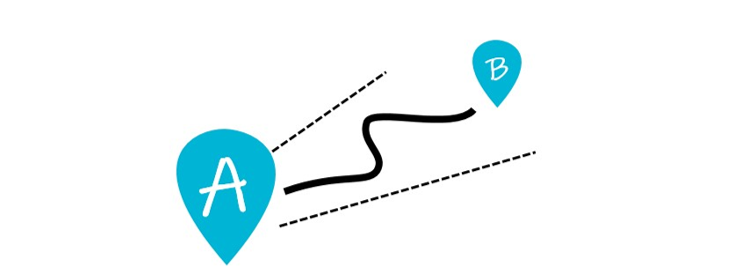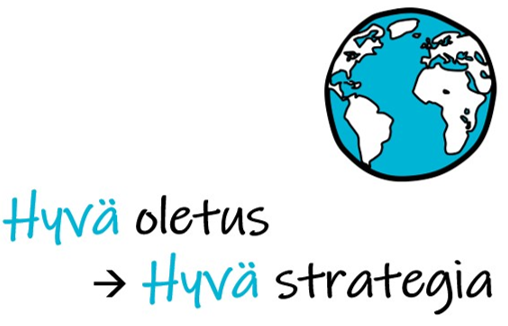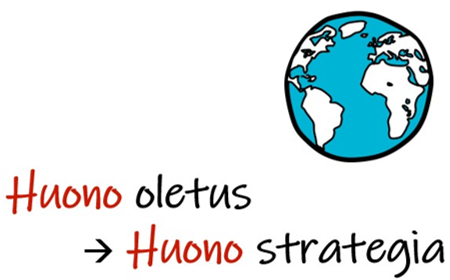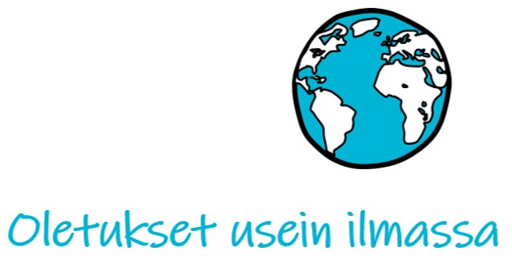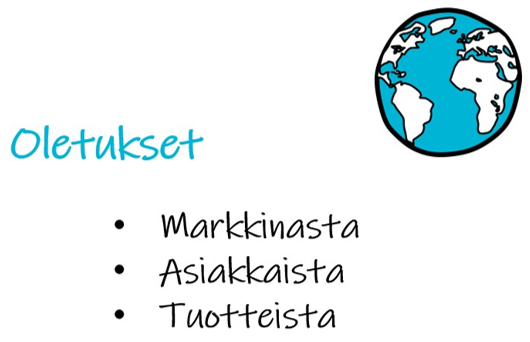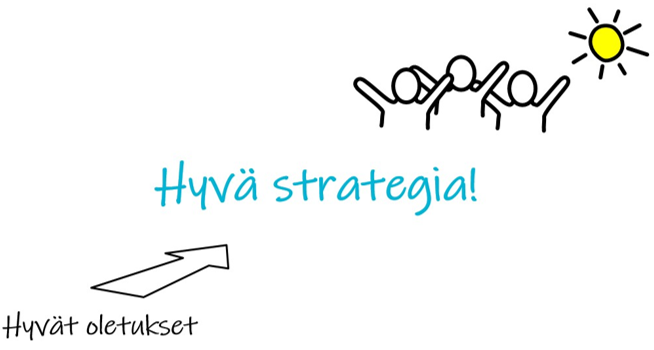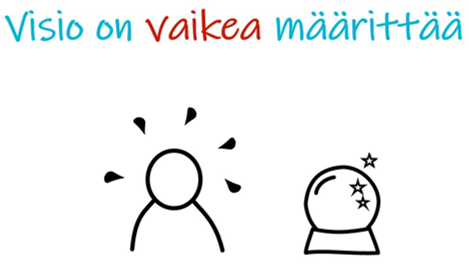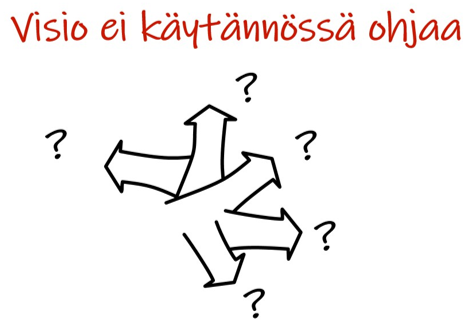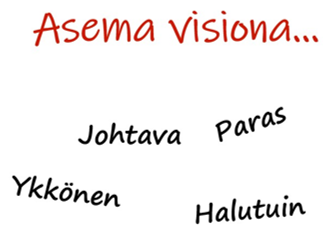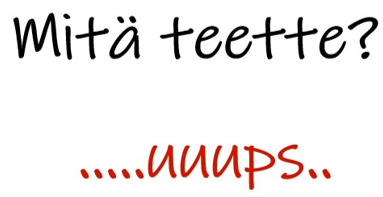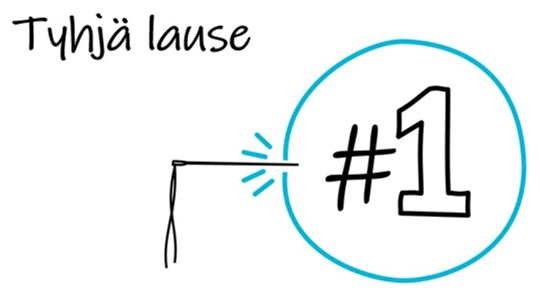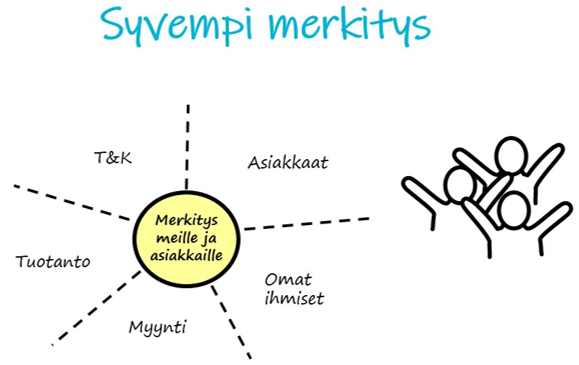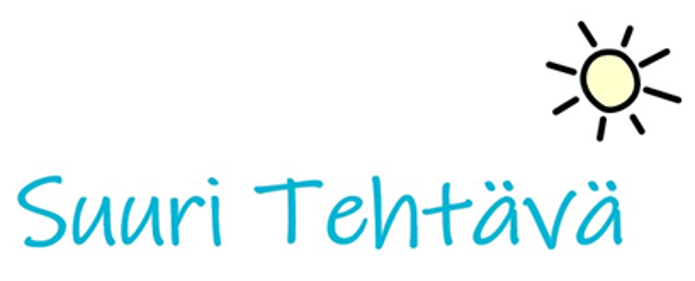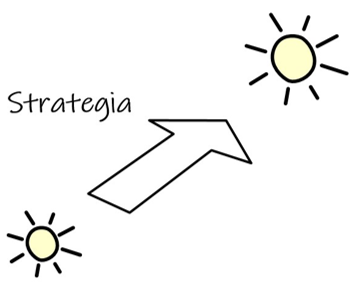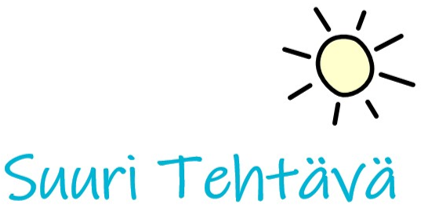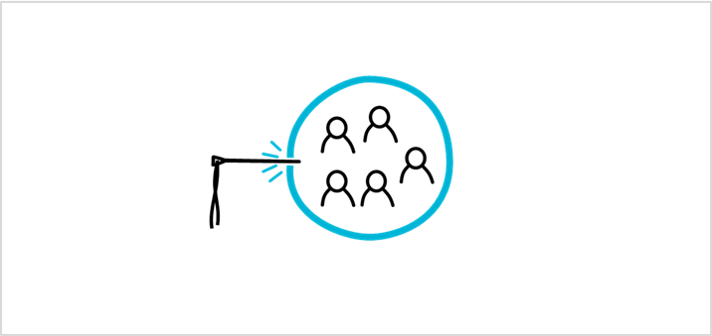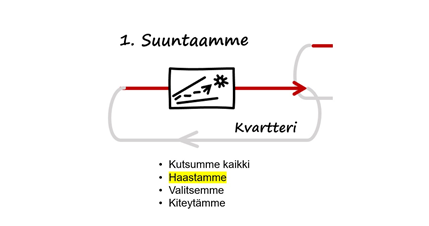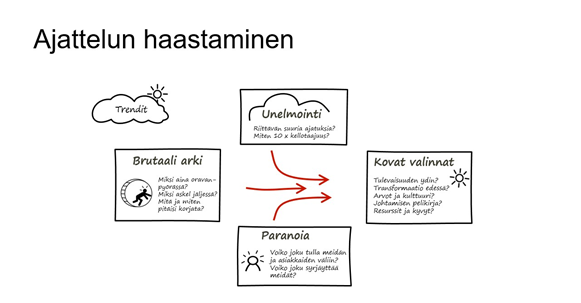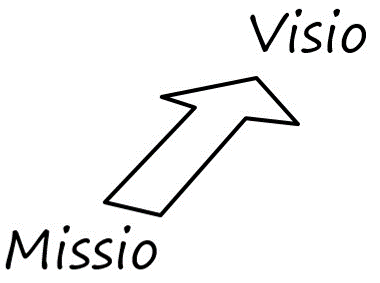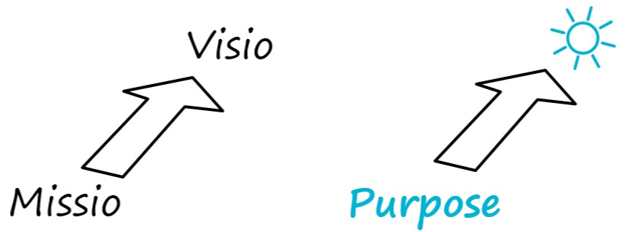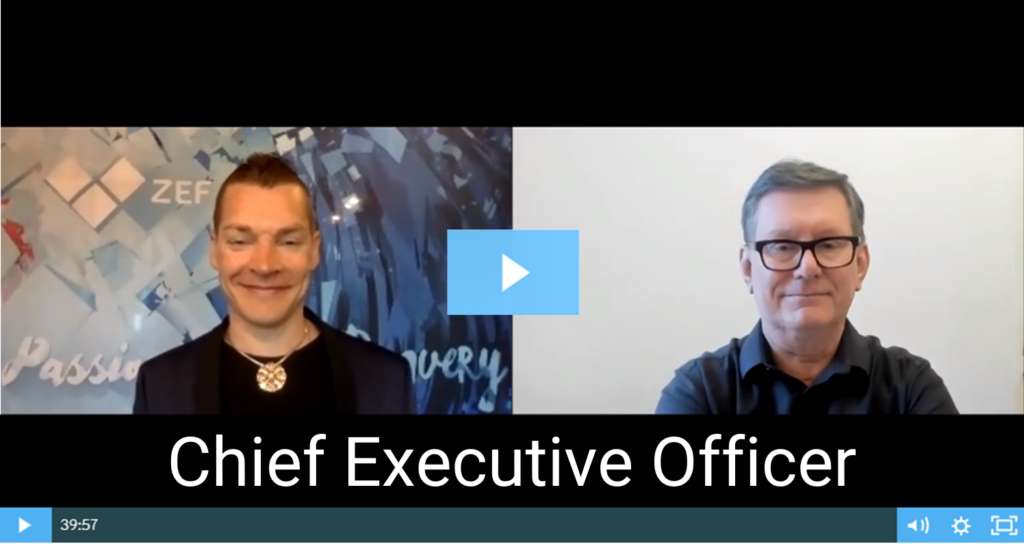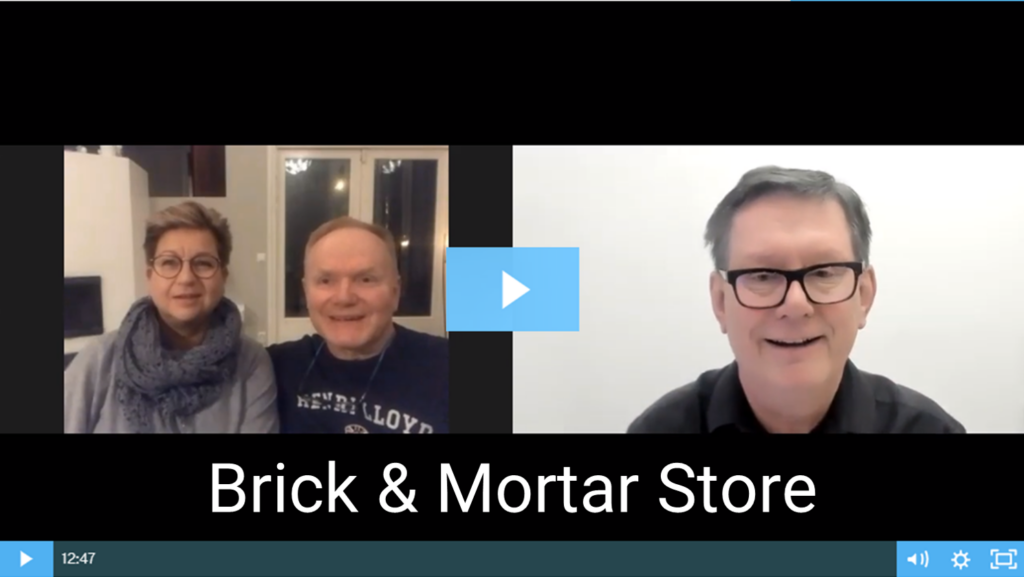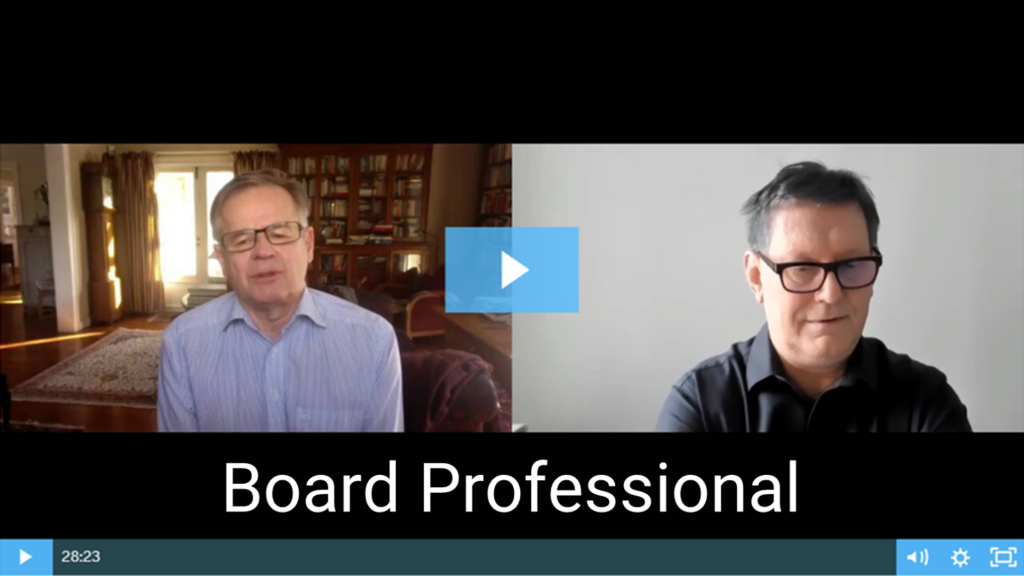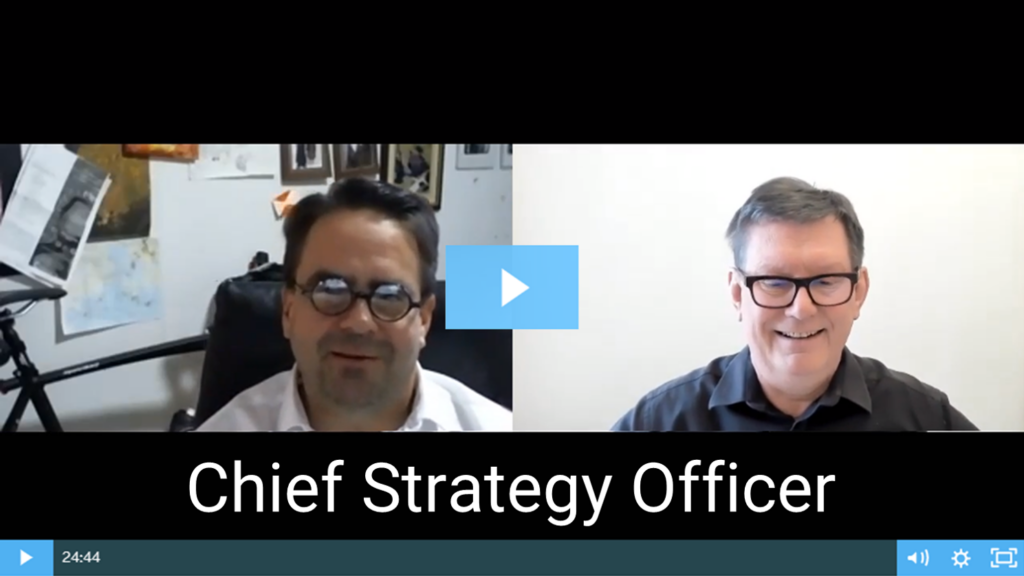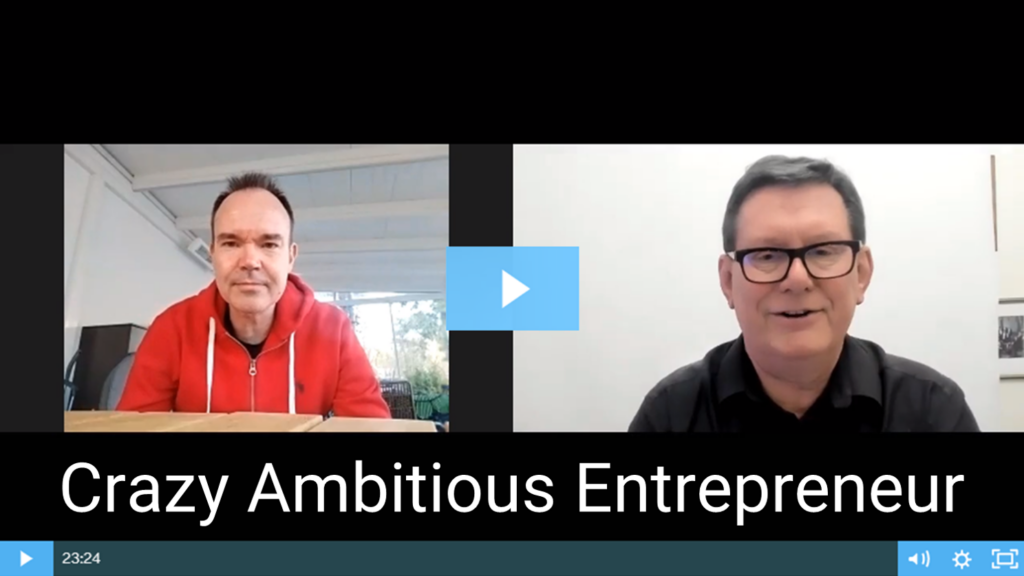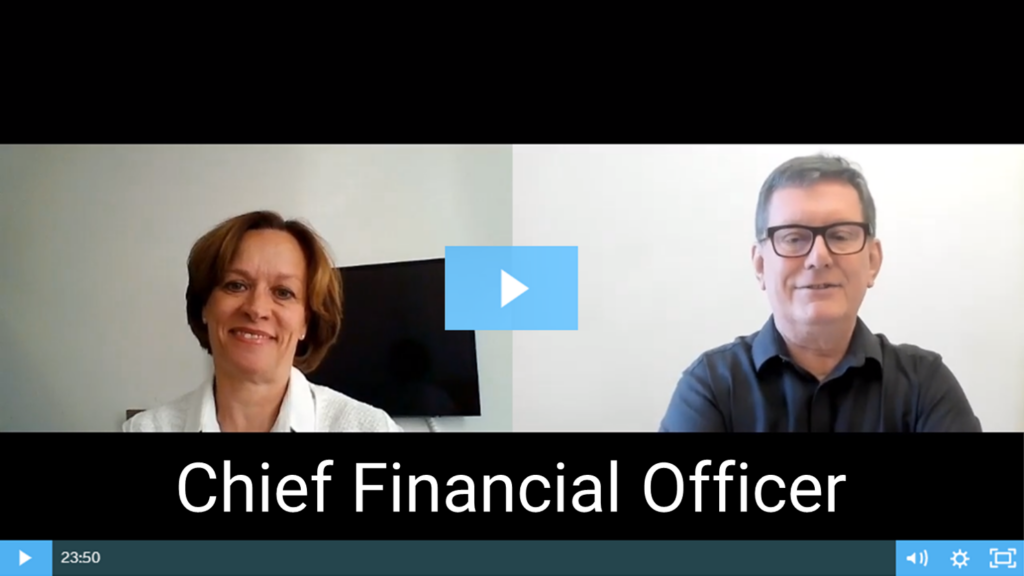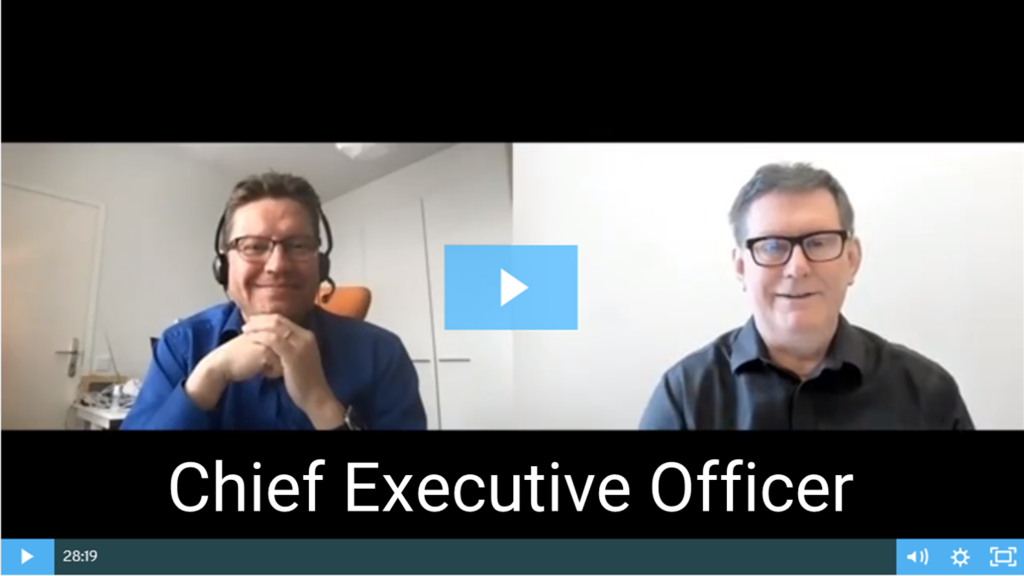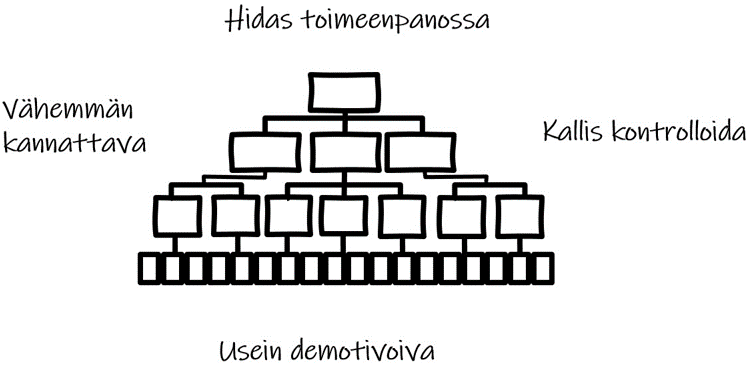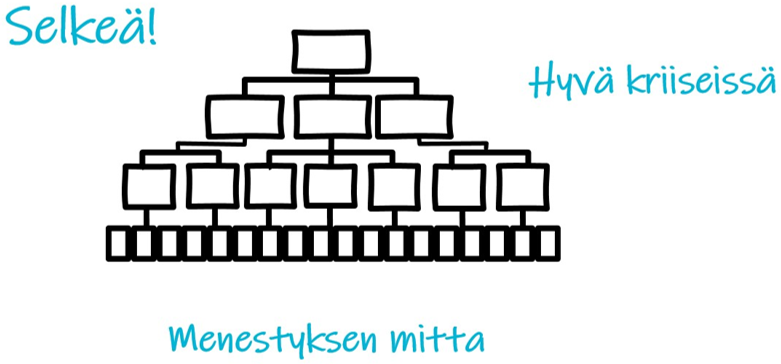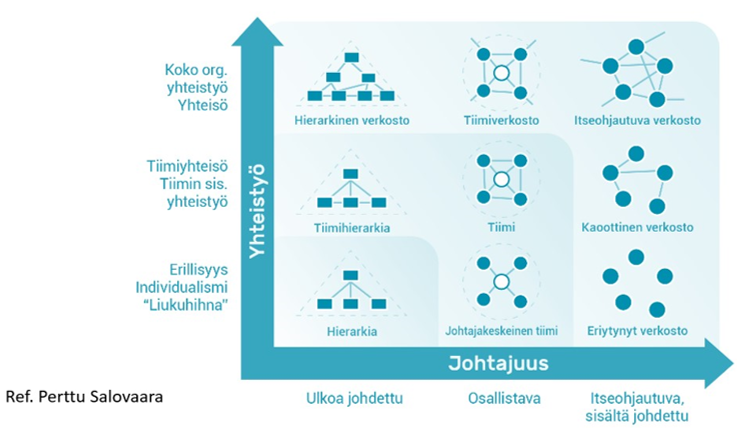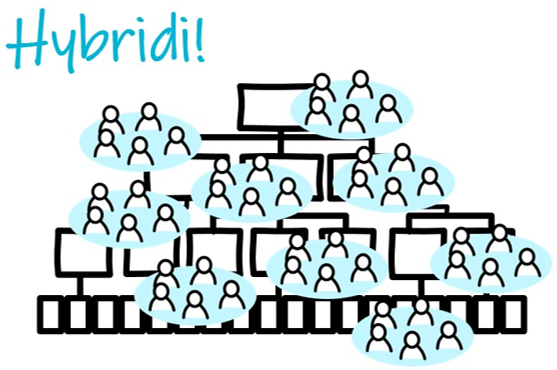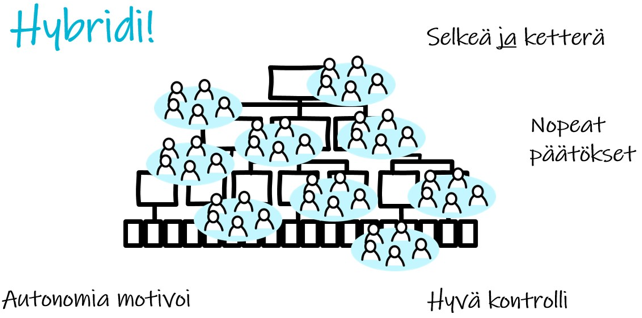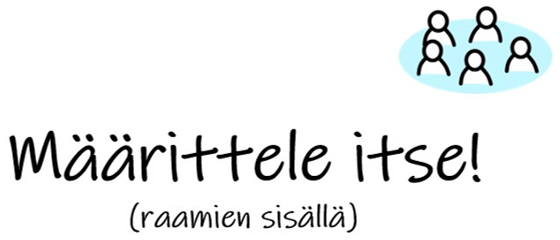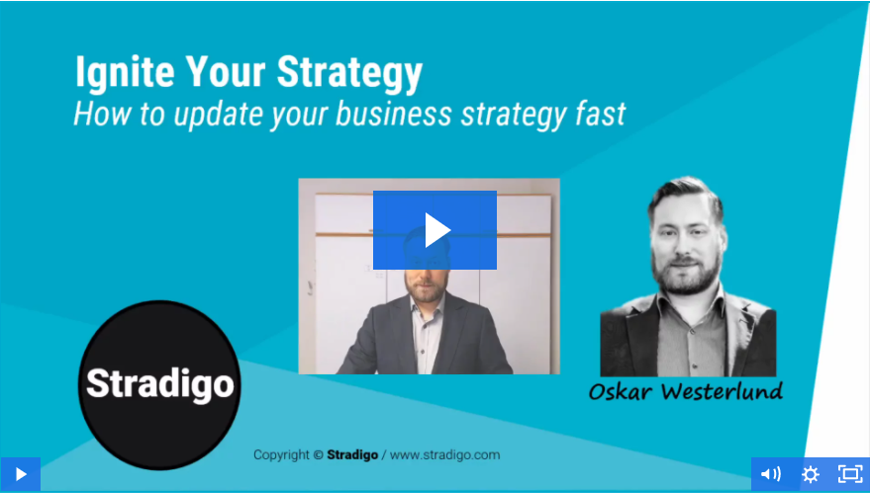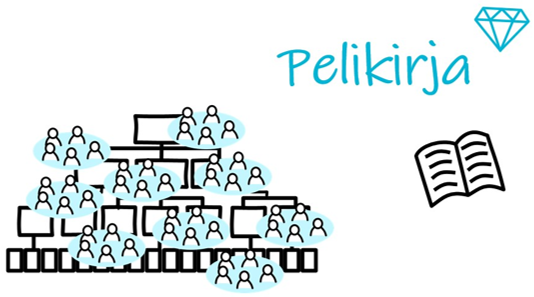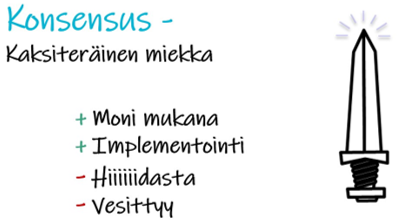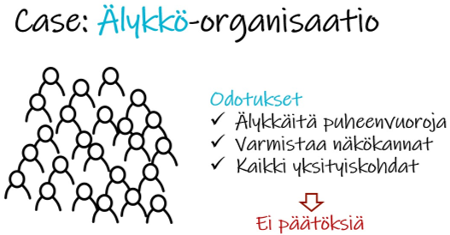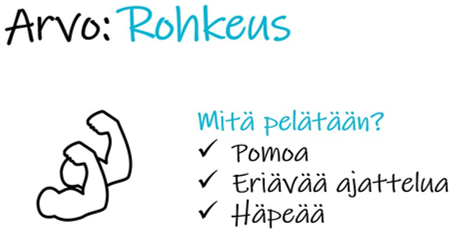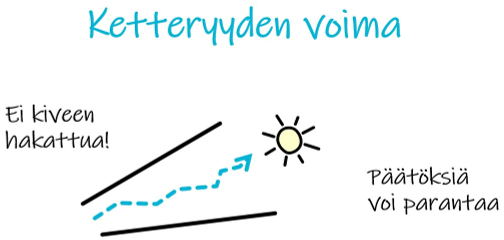Ei osallisteta ihmisiä
Strategiaprosessin aikana voi tapahtua virheitä, joiden ansiosta strategia ei toteudu. Katsotaan ensimmäinen strategiaprosessin kardinaalivirhe.
Ensinnäkin, muistutan tästä viitekehyksestä eli strategiamatkasta, jossa koko strategiaprosessi muodostuu kolmesta toistuvasta luupista.

Ensimmäisessä suuntaamme yrityksen, eli päätämme strategian ja seuraamme sen toteutusta kvartaaleittain. Siitä lähtee inputti arkijohtamiseen, jossa katsotaan, minkälaisia konkreettisia alatavoitteita tarvitaan ja ryhdytään johtamaan niitä viikottain. Tässä luupissa myös yksilö johtaa itseään. Kolmas luuppi on päivittäinen tekeminen ja sehän pyörii kaikissa yrityksissä jatkuvasti.
Taito on linkittää nämä kolme luuppia keskenään. Mutta, katsotaan mitä ongelmia voi syntyä!
Osallistaminen puuttuu
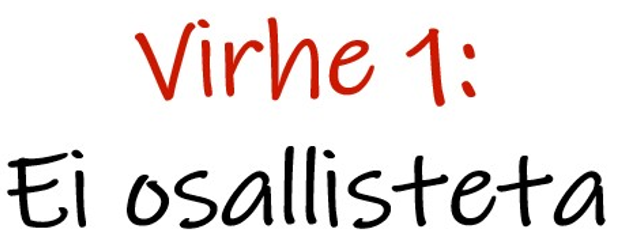
Strategiaprosessin ensimmäinen kardinaalivirhe on se, ettemme osallista ihmisiä tähän ajatteluun. Nyt kun teknologia on olemassa, niin osallistaminen on mahdollista tehdä tehokkaasti. Muussa tapauksessa kustannukset ovat suuret, kun yrität saada ihmisiä mukaan implementointiin. Juna meni jo.
“Mitä tämä on käytännössä?”
Vanhassa maailmassa johto istuu ja miettii strategioita kabinetissa. Kovan väännön jälkeen he saavat strategian sovittua ja ovat innostuneita, kun homma on vihdoin purkissa. Sitten pidetään tiedotustilaisuus, johon väki osallistuu mielellään.
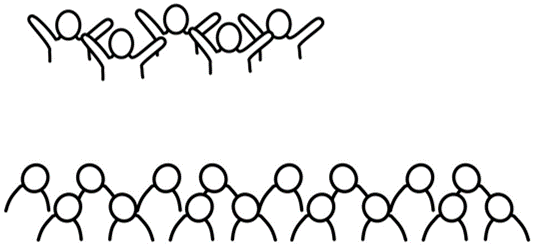
Tilaisuuden päätyttyä heillä on kuitenkin monta kysymystä, eivät ymmärrä mitä tämä kaikki tarkoittaa heille itselleen käytännössä.
Mitä meidän pitää tehdä? Tässä on tämän lähestymistavan haasteet:
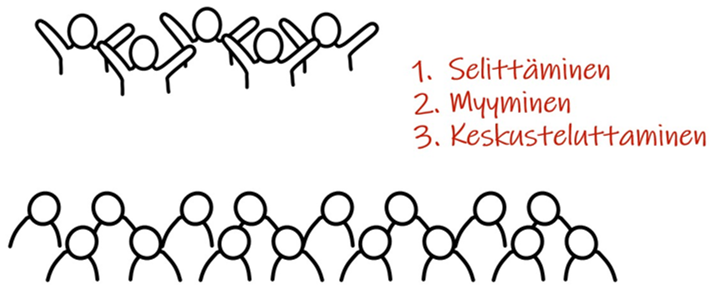
Joudut selittämään ihmisille mikä se strategia on, myymään heille ajatuksen. He joko ostavat sen tai ei. Millä saat heidät tajuamaan? Yksi johtaja keksi kamalimman termin mitä olen kuullut: “Keskusteluttaminen”. “Keskusteluta nyt niitä tyhmiä, että he ymmärtävät mistä on kysymys.”
LOPETA! Älä tee tätä näin!
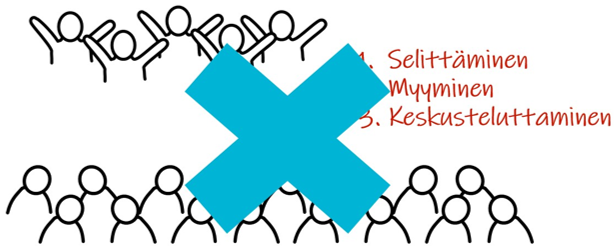
Käytä mahdollisuutta tehdä aidosti yhdessä!

Ensin pidetään tunnin kickoff kaikille. Siinä kysytään kysymyksiä kaikilta, pohditaan, miten kasvua luodaan ja mistä homma kiikastaa. Sitten seuraa työpajat. Teknologian ansiosta voidaan pitää työpajoja suuremmallakin porukalla. Kysytään, kuka haluaa tulla niihin mukaan.
Työpajojen jälkeen esitetään välitulos henkilöstölle. Näytetään mitä on saatu aikaiseksi ja kysytään mitä asiasta ollaan mieltä. Viimeisenä pidetään finalisointityöpajat ja jälleen viimeinen strategiakokous henkilöstön kanssa.
Tällä tavoin kun toimit, mitään ei tarvitse myydä. Implementointi on alkanut de facto jo ensimmäisen kickoffin aikana. Tottakai ihminen ryhtyy toteuttamaan sitä mitä pohtii ja joka on hänen mielestä järkevää! Vältä strategiaprosessin ensimmäinen kardinaalivirhe!
Laita strategia tulille!🔥
👉 Jos haluat pysyä ajan tasalla uusimmista keisseistä ja ahaa-elämyksistä, liity Johdon VIP-listalle!
Viimeaikaisia blogeja
Markus Westerlund on Rdigon perustaja ja strategiakonsultti. Hän on 25 vuoden aikana fasilitoinut toistasataa strategiaprosessia, ensiksi asiakkuusstrategioita vuosina 1996-2007 Vectia Oy:n toimitusjohtajana ja vuodesta 2007 liiketoimintastrategioita Rdigossa. Corporate uransa hän teki Nokian palveluksessa ensin tietoliikennepuolella ja sitten IT puolella Nokia/ICL Datassa. Markus on DI.
Rdigo on senioripartnerien strategia boutique. Erikoisuutena on laajasti osallistava strategiaprosessi tehokasta digifasilitointia hyödyntäen, nykyajatusten voimakas haastaminen, strategian yksinkertaistaminen ja ketterä strategian implementointi.

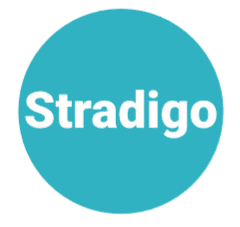

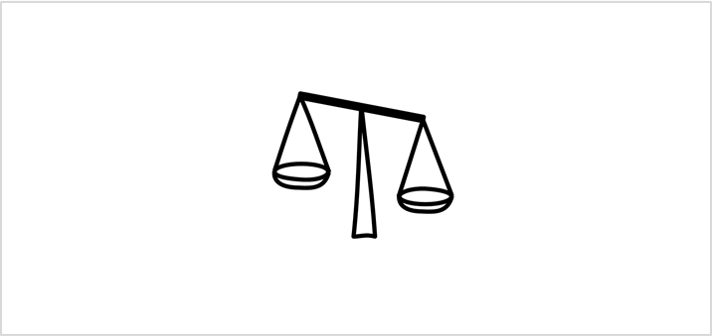
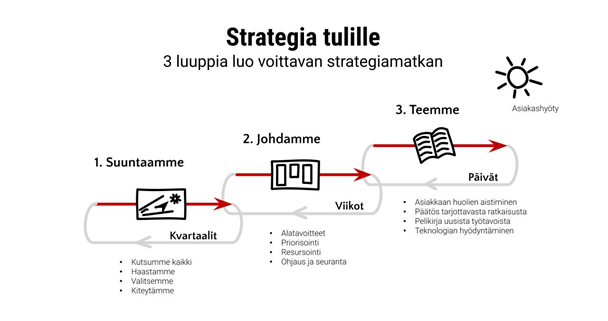




 Jos haluat pysyä ajan tasalla uusimmista keisseistä ja ahaa-elämyksistä, liity
Jos haluat pysyä ajan tasalla uusimmista keisseistä ja ahaa-elämyksistä, liity





